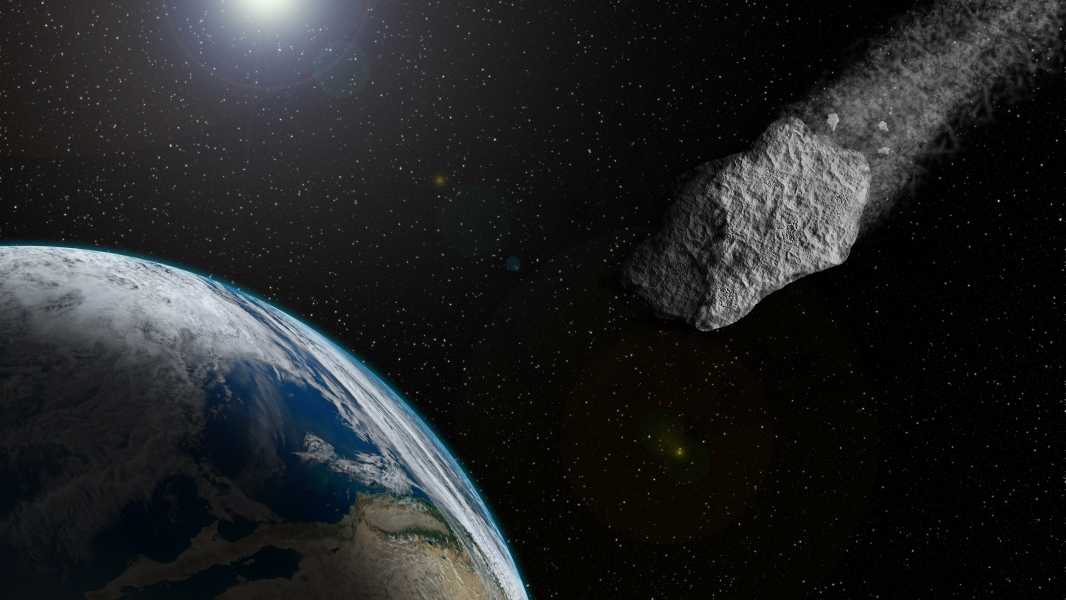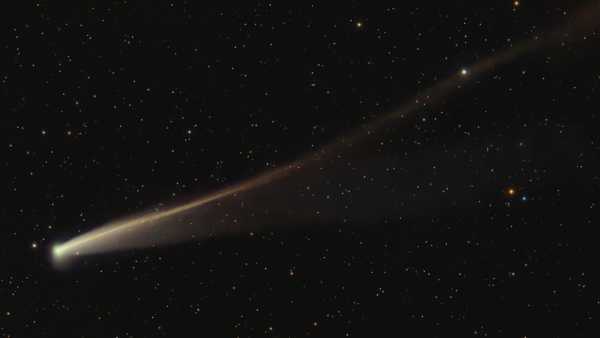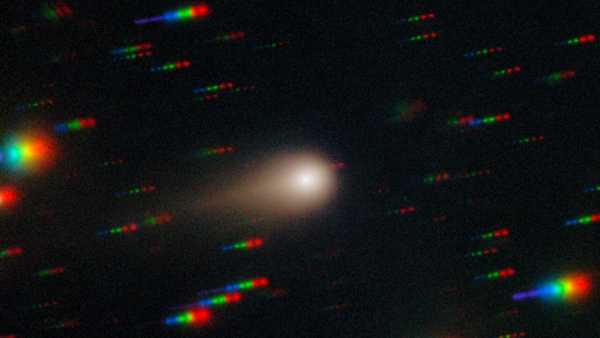
At the time of writing, the odds of asteroid 2024 YR4 colliding with Earth are estimated at 1 in 67. (Photo courtesy of Vitaly Golubtsov via Getty Images)
The likelihood that an asteroid large enough to destroy a city will hit Earth in 2032 has decreased significantly, according to the latest NASA data.
In recent weeks, NASA has steadily raised the odds of asteroid 2024 YR4 hitting, peaking at 1 in 32, or 3.1%, on Tuesday (Feb. 18). But on Wednesday (Feb. 19), the space agency cut the odds by more than half to 1.5%.
The probability will likely change again as astronomers gain more information about YR4's trajectory, but they expect the probability to be 0% once the body's trajectory is finally confirmed.
YR4 is estimated to be about 180 feet (55 meters) in diameter—the estimate has fluctuated a bit, but the asteroid is about as wide as the Leaning Tower of Pisa is tall. YR4 is capable of releasing about 8 megatons of energy on impact—more than 500 times the power of the atomic bomb dropped on Hiroshima, Japan. That means it’s big enough to destroy a major city, but too small to threaten the existence of human civilization.
There is a small chance that YR4 will hit the Moon instead of Earth, but it will almost certainly fly past both planets safely when it makes its closest approach to Earth in 2032.
The Asteroid Terrestrial-impact Last Alert System (ATLAS) telescope in Chile spotted asteroid 2024 YR4 on Dec. 27, 2024, according to NASA's Center for Near-Earth Object Studies. By January, scientists had determined that YR4 had a greater than 1% chance of hitting Earth, and therefore merited further observation by scientists.
With a greater than 1% probability, YR4 also reached level 3 on the Torino Impact Hazard Scale, a scale that allows scientists to rank the risk posed by space objects. Level 3 is reserved for asteroids and comets that could cause localized destruction, but is expected to be downgraded to level 0 — meaning they pose no threat — once astronomers confirm they will not hit Earth.
An international team of scientists has been granted emergency use of the James Webb Space Telescope, humanity’s most powerful space telescope, to further analyze the risk of YR4. As more data arrives over the next few months, astronomers should be more confident that YR4 poses no danger to Earth, and we should see the threat level drop to zero.
NASA TOPICS

Patrick PesterNavigate Social LinksPopular News Author
Patrick Pester is a well-known news writer on the Live Science platform. His work has appeared on other science publications such as BBC Science Focus and Scientific American. Patrick became a journalist after working in zoos and wildlife conservation earlier in his career. He received a Master's Excellence Scholarship to study at Cardiff University, where he completed an MA in International Journalism. He also has a second MA in Biodiversity, Evolution and Conservation in Action from Middlesex University in London. When not writing news, Patrick researches the human remains trade.
Sourse: www.livescience.com





